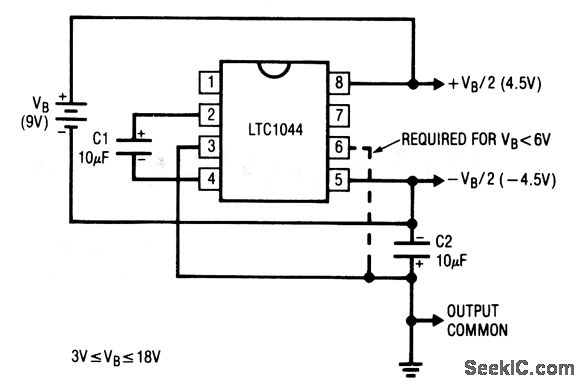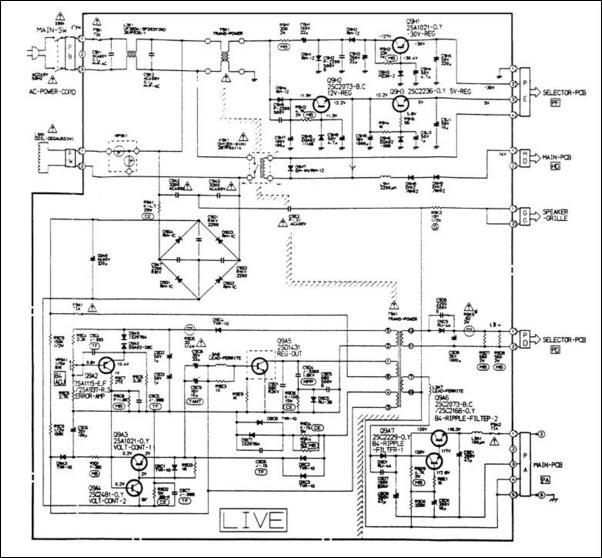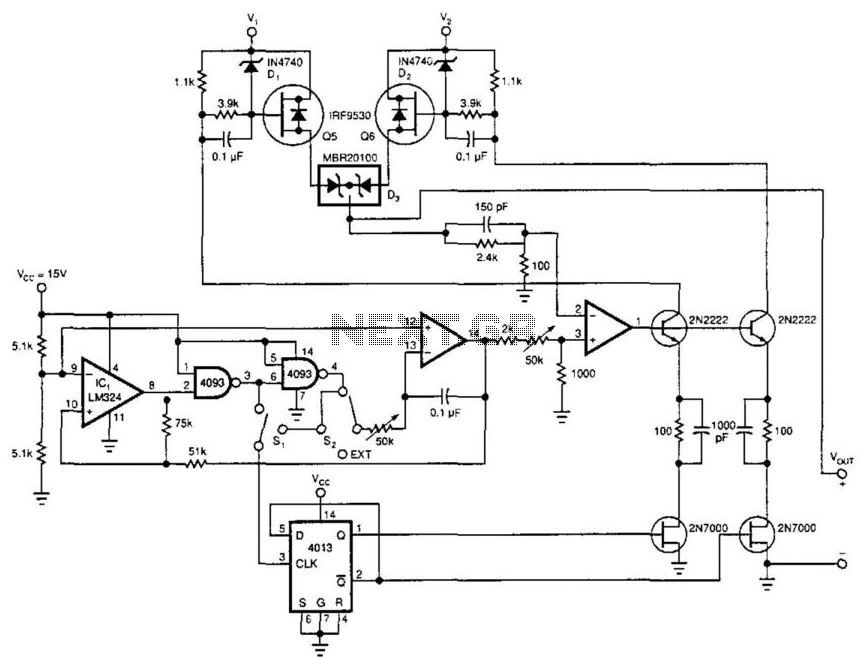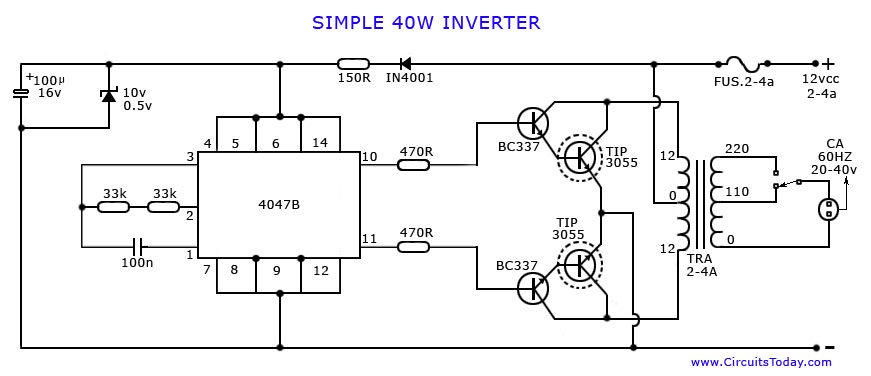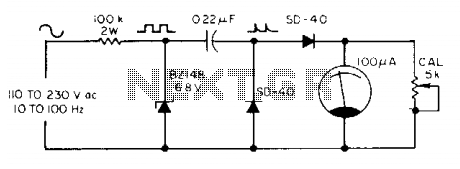
1000 watt power inverter schematic
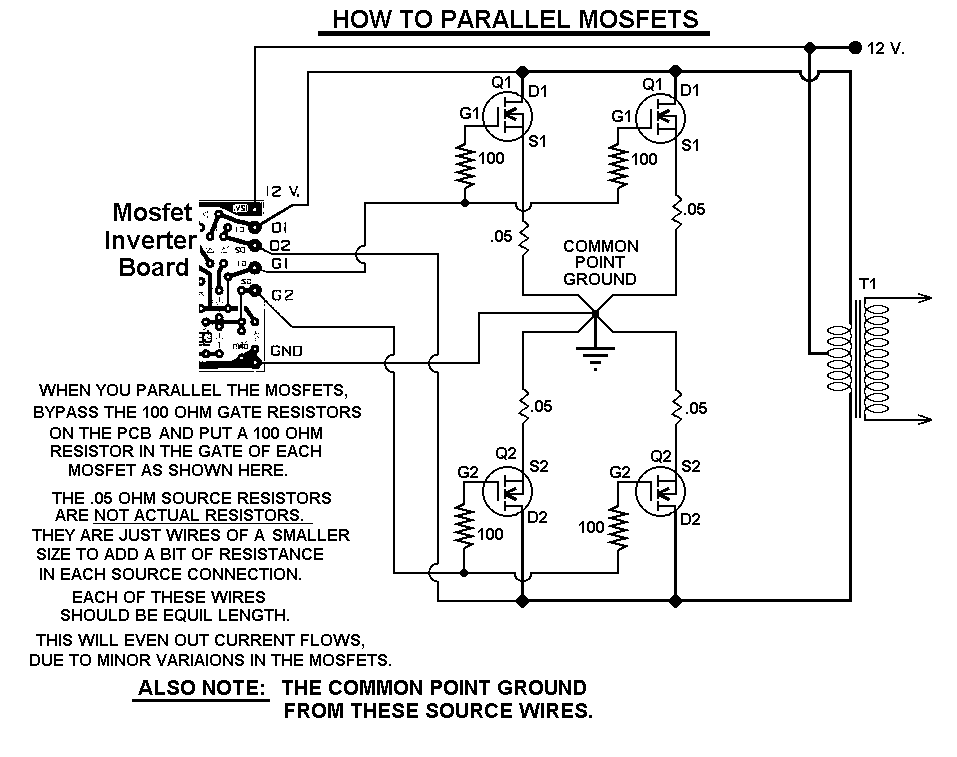
This 1000-watt power inverter circuit diagram utilizes the MOSFET RF50N06. To achieve higher power output, additional MOSFETs can be connected in parallel with the RF50N06. These MOSFETs are rated for 60 volts and 50 amps. It is essential to include a fuse in the power line, and a load must always be connected while power is applied. The output power of this inverter can reach up to 1 kW, depending on the output power transformer used. Custom transformers may be employed for experimentation to achieve optimal results.
The 1000-watt power inverter circuit is designed to convert DC voltage into AC voltage, making it suitable for powering various electronic devices. The core component, the RF50N06 MOSFET, features a robust rating of 60 volts and 50 amps, allowing it to handle substantial power levels efficiently. When higher output is required, additional RF50N06 MOSFETs can be paralleled to increase the overall current capacity, ensuring that the inverter can meet the demands of more power-intensive loads.
In the schematic, the MOSFETs are typically arranged in a half-bridge or full-bridge configuration, which is essential for generating the desired AC waveform. The gate drive circuitry must be carefully designed to switch the MOSFETs on and off at the appropriate frequency, commonly in the range of several kilohertz, to produce a stable output waveform. A pulse-width modulation (PWM) technique may be employed to control the output voltage and frequency, providing versatility for different applications.
Incorporating a fuse in the power line is a critical safety measure. It protects the circuit from overcurrent situations that could lead to component failure or fire hazards. The fuse should be rated appropriately for the maximum expected current to ensure reliable operation while safeguarding the circuit.
The output transformer plays a vital role in this inverter circuit. It steps up the voltage to the desired level for AC applications. The choice of transformer affects the efficiency and performance of the inverter, and experimenting with different transformer designs can yield improved results. Users are encouraged to explore custom transformer configurations to optimize power output and efficiency based on their specific needs.
Overall, this power inverter circuit is a versatile solution for converting DC power into AC power, suitable for a wide range of applications, from small electronic devices to larger appliances, depending on the transformer and load configuration used.This 1000 watt power inverter circuit diagram based on MOSFET RF50N06. If you want more power then add additional MOSFET paralleled at RF50N06. This MOSFETS are 60 Volts and 50 Amps as rated. It is necessary to connect a FUSE with the power line and always a LOAD have to connected while power is being applied. The output power of this inverter is u p-to 1k watt, it depends on output power transformer. You can use your custom transformer with experimenting for best result. 🔗 External reference
The 1000-watt power inverter circuit is designed to convert DC voltage into AC voltage, making it suitable for powering various electronic devices. The core component, the RF50N06 MOSFET, features a robust rating of 60 volts and 50 amps, allowing it to handle substantial power levels efficiently. When higher output is required, additional RF50N06 MOSFETs can be paralleled to increase the overall current capacity, ensuring that the inverter can meet the demands of more power-intensive loads.
In the schematic, the MOSFETs are typically arranged in a half-bridge or full-bridge configuration, which is essential for generating the desired AC waveform. The gate drive circuitry must be carefully designed to switch the MOSFETs on and off at the appropriate frequency, commonly in the range of several kilohertz, to produce a stable output waveform. A pulse-width modulation (PWM) technique may be employed to control the output voltage and frequency, providing versatility for different applications.
Incorporating a fuse in the power line is a critical safety measure. It protects the circuit from overcurrent situations that could lead to component failure or fire hazards. The fuse should be rated appropriately for the maximum expected current to ensure reliable operation while safeguarding the circuit.
The output transformer plays a vital role in this inverter circuit. It steps up the voltage to the desired level for AC applications. The choice of transformer affects the efficiency and performance of the inverter, and experimenting with different transformer designs can yield improved results. Users are encouraged to explore custom transformer configurations to optimize power output and efficiency based on their specific needs.
Overall, this power inverter circuit is a versatile solution for converting DC power into AC power, suitable for a wide range of applications, from small electronic devices to larger appliances, depending on the transformer and load configuration used.This 1000 watt power inverter circuit diagram based on MOSFET RF50N06. If you want more power then add additional MOSFET paralleled at RF50N06. This MOSFETS are 60 Volts and 50 Amps as rated. It is necessary to connect a FUSE with the power line and always a LOAD have to connected while power is being applied. The output power of this inverter is u p-to 1k watt, it depends on output power transformer. You can use your custom transformer with experimenting for best result. 🔗 External reference
